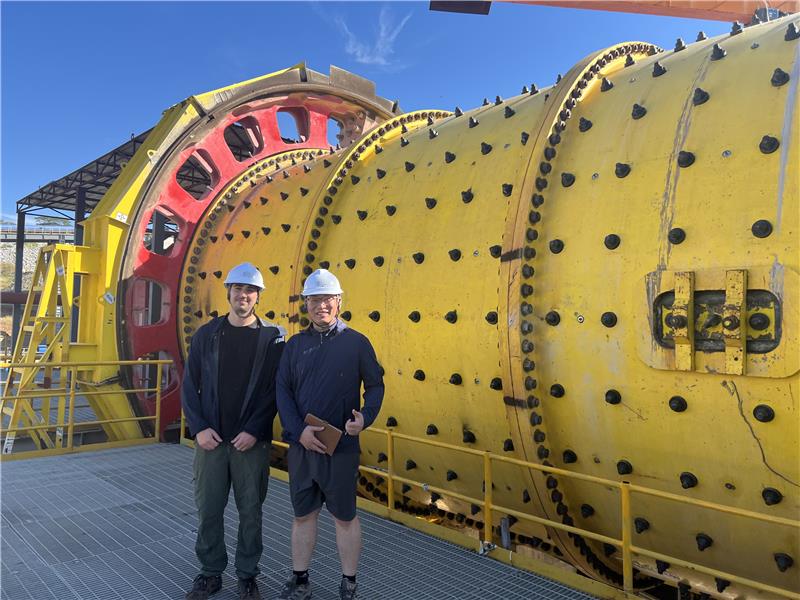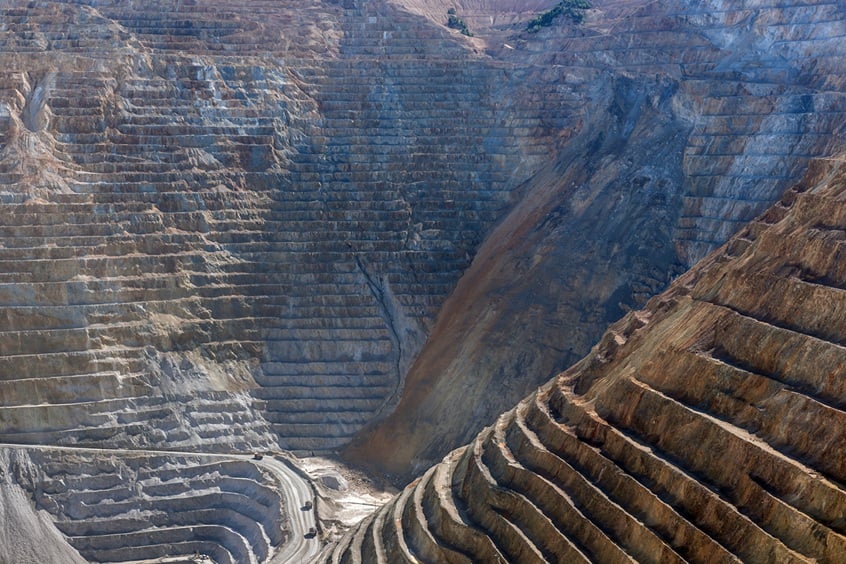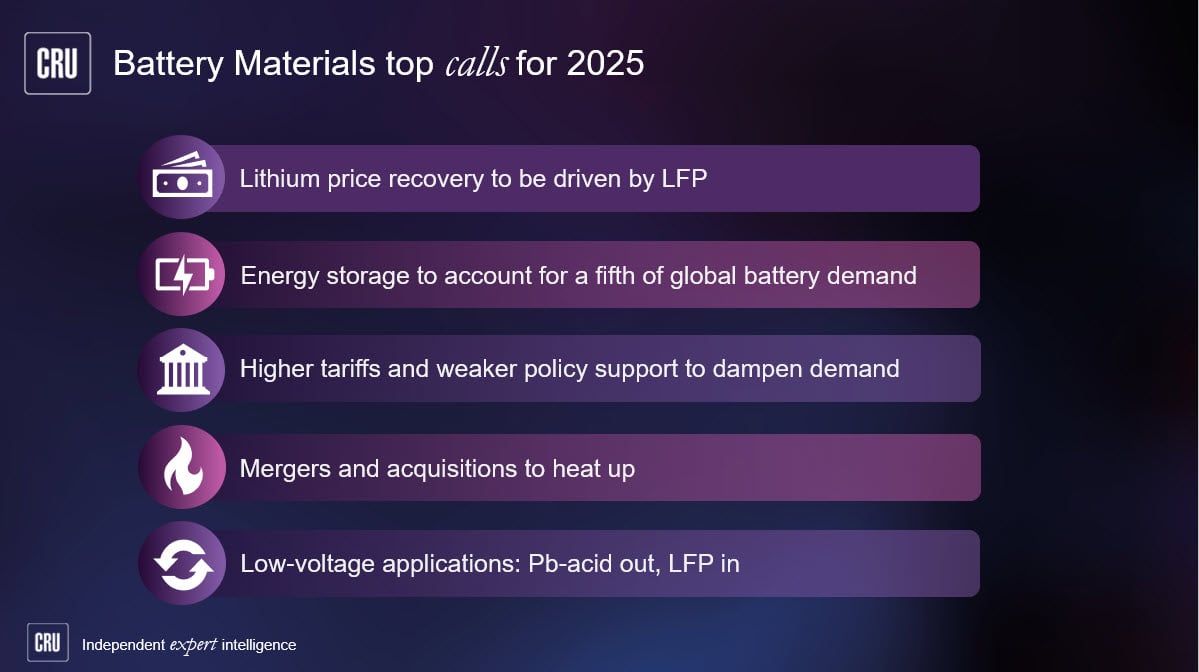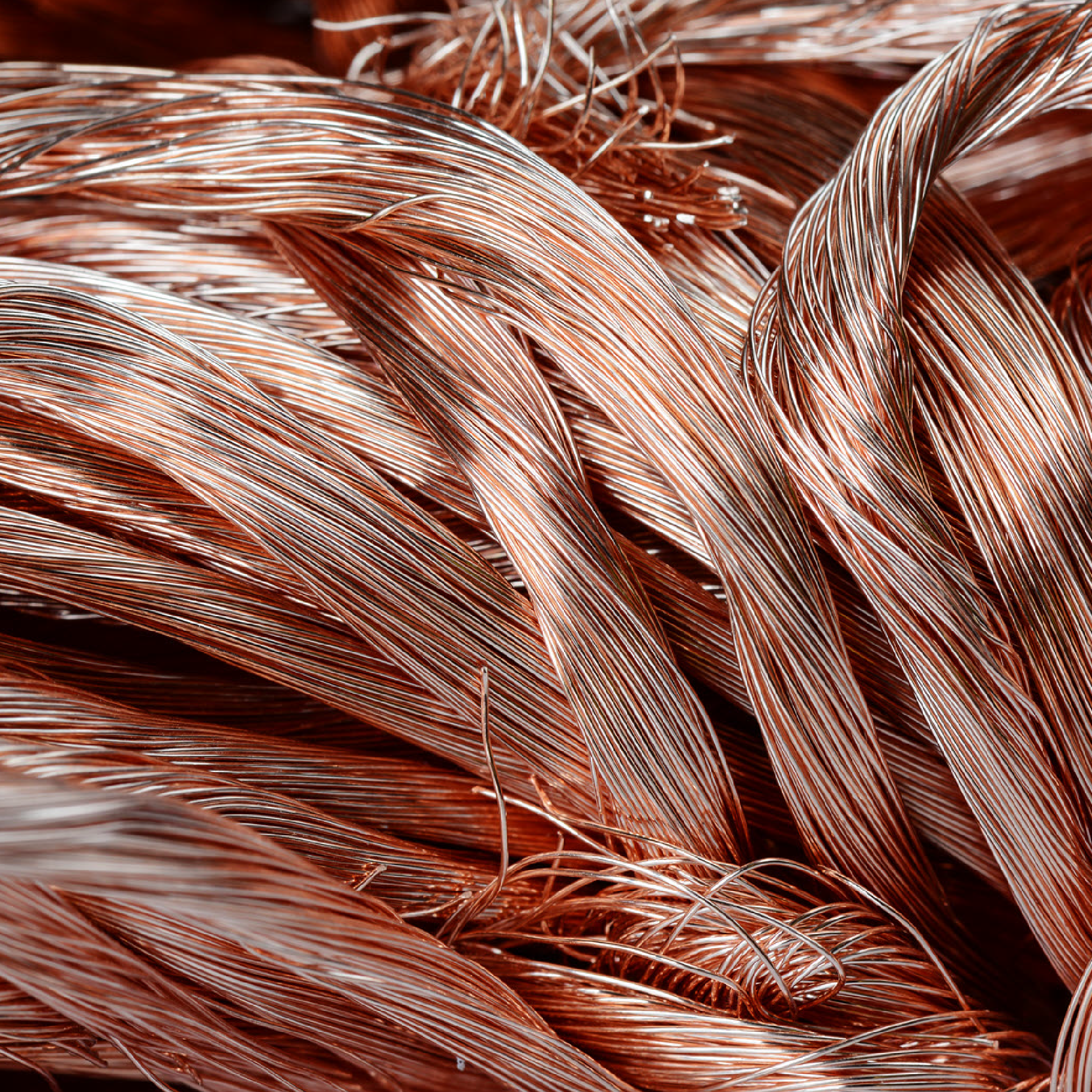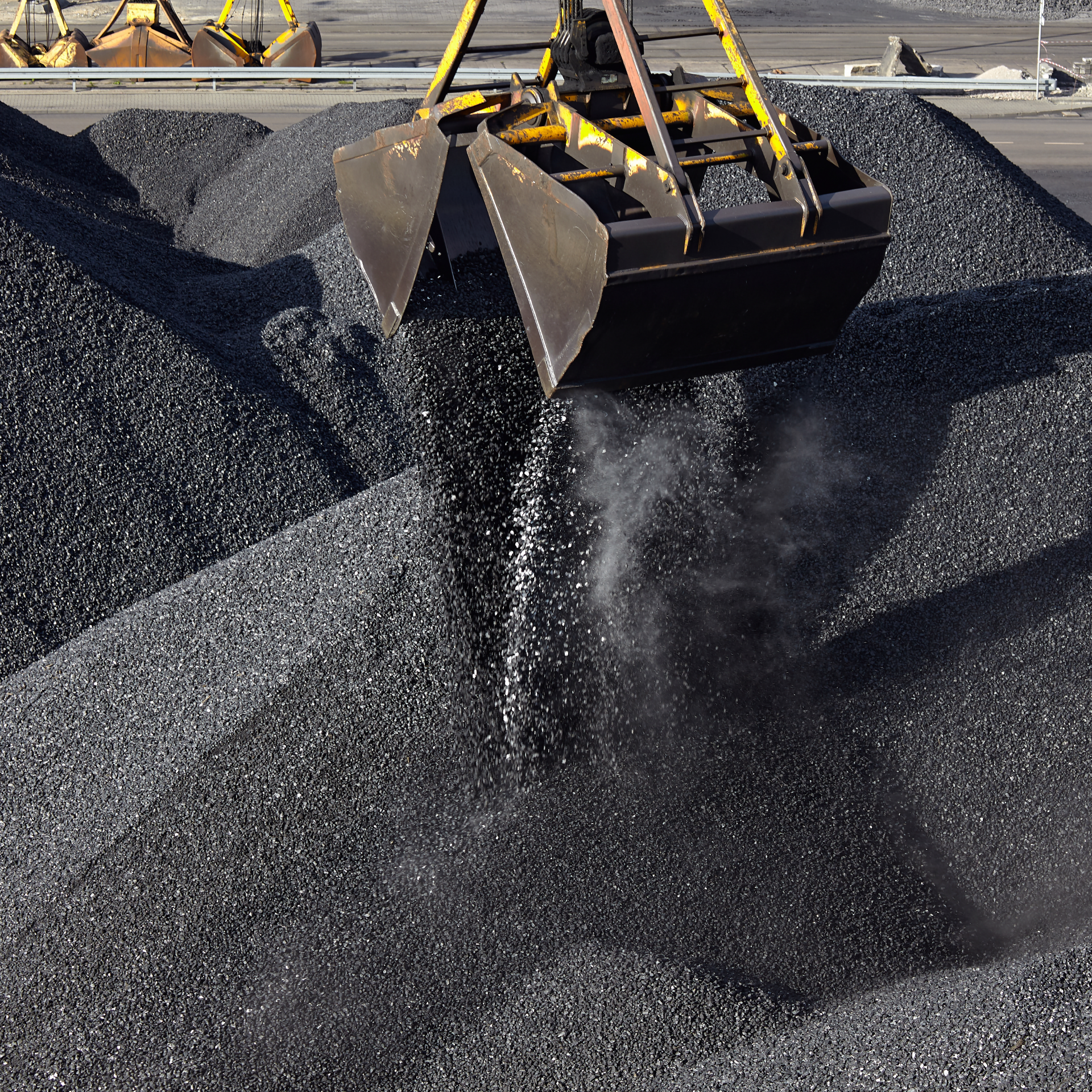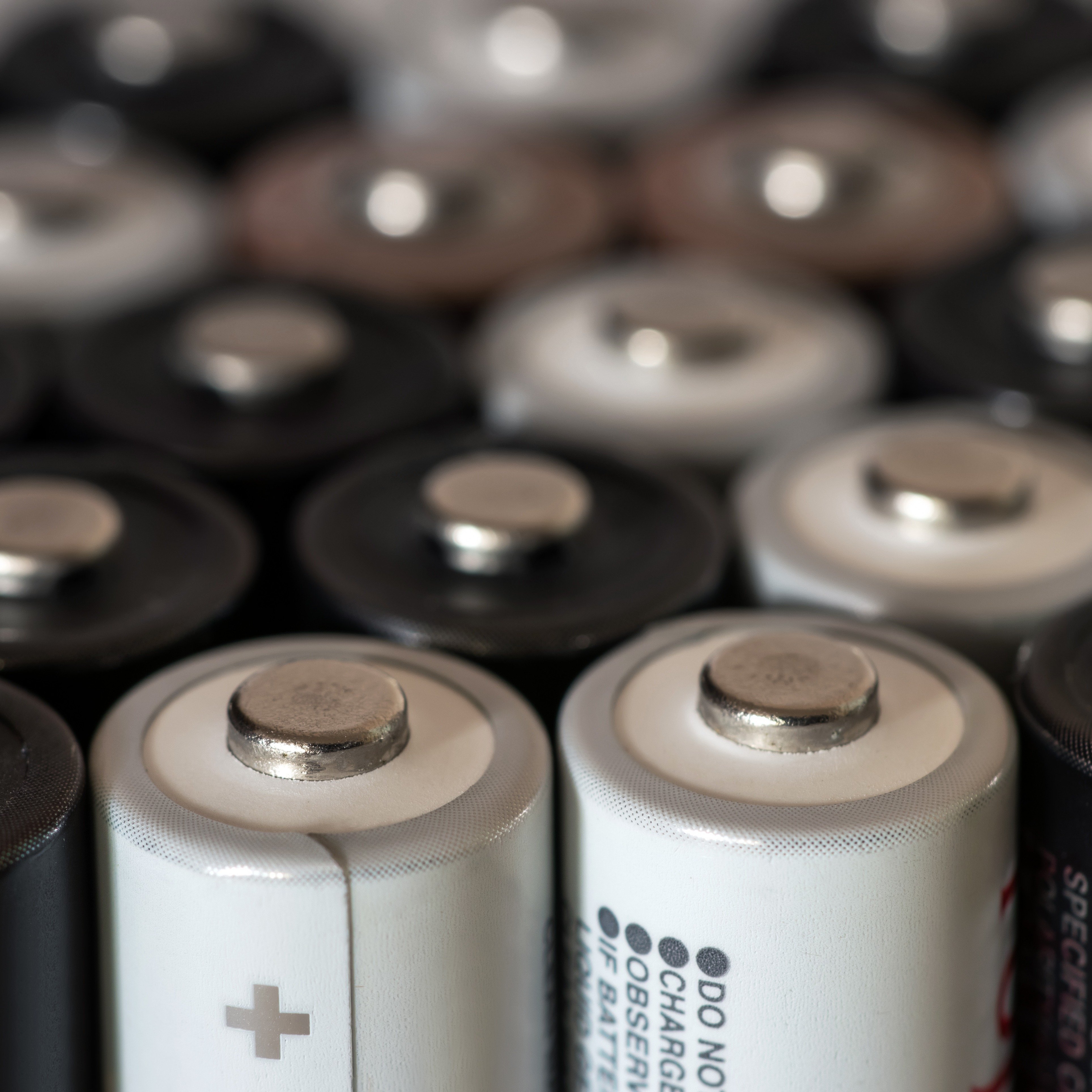Lithium manganese iron phosphate (LMFP) batteries will improve energy density of lithium iron phosphate (LFP) while maintaining a low-cost structure. It will primarily replace medium-nickel chemistries in mid-size electric vehicles.
- Lithium manganese iron phosphate (LMFP) batteries will improve on the long-bemoaned energy density disadvantage of lithium iron phosphate (LFP) while maintaining a low-cost structure.
- The hydrothermal production method for LFP can largely be adapted for LMFP, although the solid phase method is currently the most favoured route for LFP in China.
- In the EV sector, LMFP is a viable replacement for medium-nickel NMC 532/622 in mid-size vehicles, while at the same time splitting some of the market share of LFP. It will achieve a significant share in China, before proliferating to other regions in the long term.
The rapidly growing electric vehicle (EV) and energy storage markets are predicated on lithium-ion batteries. In China, this has coincided with a growing preference for low-cost lithium iron phosphate (LFP) batteries.
On top of the technical improvements unlocking LFP’s use into mainstream vehicle segments, a new contender is emerging in the form of manganese-containing LMFP. This poses several questions:
- Will LMFP enter the market as a value-added innovation on top of LFP, or will it be a replacement in some segments?
- What are the technical and commercial challenges faced by LMFP?
- Are the production routes for LFP cathode material compatible with that of LMFP?
LFP cathode processing routes
There are two common routes of production adopted by the industry – the Solid Phase Reaction method and the Liquid Phase Reaction method. The latter is also known as the ‘hydrothermal method’. Both have innovative variations on the standard methods that are not yet in commercial utilisation.
LMFP cathode and its development
Development and production capacity of LMFP is initially focused in China. Several leading market players are known to have already launched, or are in the process of, developing their LMFP cathode technology, and there are over 170 LMFP-related patents in China.
The composition of LMFP cathodes is not strictly defined And is evolving over time.
The ratio between iron and manganese is a key aspect to consider. With a high manganese ratio, the Jahn-Teller effect will reduce the cycle life and stability of the cathode. On the other hand, a low manganese ratio cannot adequately increase the energy density, which is the critical advantage LMFP is meant to hold against LFP. There is therefore a standard minimum content of 50% manganese, but current top tier cathode producers are capable of achieving 60–65%. Research into 70–80% variants is ongoing.
As manganese and iron require atomic-level mixing, CRU initially expected that the high granularity and purity enabled by the Hydrothermal Method is likely to be more favoured in the production of LMFP. However, early evidence shows that most companies are adapting the solid phase route that they use for LFP.
If this scenario is realised, it would imply the need to focus new production capacity on the Hydrothermal Method, as currently around 80% of LFP is produced in the Solid Phase Method.
There are various research efforts to maximise the potential of LMFP:
Comparison of LMFP vs. LFP
LFP and LMFP have the advantages of thermal stability and, depending on the manganese content, LMFP can achieve a similar cycle life to that of LFP. They are therefore suitable for stationary energy storage systems (ESS). However, given the lesser need for energy density in these applications, the hit to cycle life, and that battery designs for ESS are somewhat diverging from that of EVs, LMFP is unlikely to be necessary for ESS.
The main application for LMFP will be in EVs. Despite the major technical improvements in LFP demonstrated over the past couple of years, many automakers continue to bemoan its limitations in energy density and remain hesitant to use it in larger EV segments that require longer ranges. LMFP offers 10-20% higher energy density as exhibited by the increase in operating voltage from 3.2 V, up to 3.9 V. Because of this, LMFP is expected to primarily cater for mid-size vehicles, which constitute the largest demand segment as OEMs overwhelmingly target them in their corporate strategies.
LMFP is therefore likely to replace any remaining share of NMC 532/622 that LFP has not taken by the end of the decade.
If implemented in the form of large-format cells in combination with space-efficient ‘Cell-to-Pack’ configurations, LMFP could even compete with high-nickel chemistries.
There are also cost advantages. A 20% increase in energy density would deliver a 13% battery cost reduction on a per kWh basis, according to CRU’s cost model.
As noted above, compounding LMFP with NMC has also become practical alongside the adoption of pure LMFP. CAM producers have been seen to produce mixtures with a 70:30 and 60:40 NMC to LMFP ratios.
LMFP batteries also have a wider operating temperature range, and the presence of manganese could enable more precise control in the battery management system.
It is important to note that such comparisons are largely theoretical for the time being, and that not all performance indicators are equally important. There is an abundance of field data on LFP, but none for LMFP and other upcoming chemistries. It remains to be seen how LMFP performs in vehicles before a more accurate assessment can be made.
Higher demand for manganese
As for additional material inputs, the sentiment among producers in China is that domestic production of high-purity manganese intermediates, should be enough to meet demand. Depending on the processing route (liquid versus solid phase), this includes manganese sulphate, manganese carbonate, and manganese tetroxide.
However, the relative absence of processing capacity outside of China means that Western end-users will rely on supply from China until new projects come online, and this poses a hurdle for LMFP growth in the rest of the world in the meantime.
A LMFP-equipped EV with a typical 60 kWh battery will require, on average, 30 kg of manganese. Using CRU’s forecast for LMFP demand, this translates to an additional requirement of 147 kt of manganese (460 kt of high purity manganese sulphate) in 2030.
More chemistries on the way
LMFP cells are currently in the prototype testing stage with several automakers. Market players expect that 2024 will see the first commercial applications, followed by robust growth in the years ahead.
Yet the theoretical techno-economic advantages of LFP and LMFP can contradict the realities of regional supply chains, OEM preference, and competition with other chemistries, which continue to emerge and threaten to compete in the same applications:
- Manganese-rich LNMO and LMR
- CATL’s M3P, understood to be a new phosphate-based chemistry similar to LMFP
- SVOLT’s high-manganese-iron-nickel
- Super-high nickel NMC
- Sodium-ion chemistries
To conclude, LMFP is a meaningful advancement that will complement LFP to further grow the iron-phosphate based segment, while also splitting the market share from LFP in this decade.




